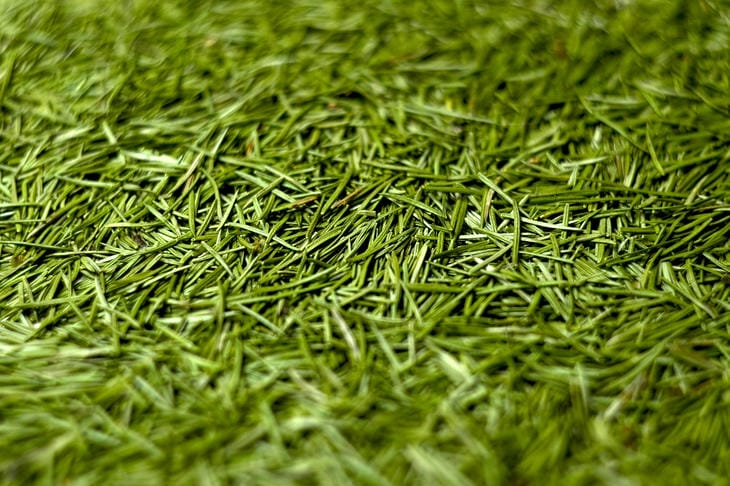Gardeners often wonder about using readily available natural materials for mulching.
Pine needles are a valuable organic material that, when used correctly, can significantly improve soil condition and plant health.
Benefits of coniferous mulch
Natural material from pine needles has many useful properties. The mulch layer protects the soil from overheating in summer and freezing in winter.
Pine litter prevents weed growth, retains moisture in the soil and gradually enriches it with nutrients as it decomposes.
Features of application
Mulching with pine needles requires certain knowledge. It is recommended to pre-age fresh fallen leaves for several months. The thickness of the mulch layer should be from 3 to 5 centimeters.

A thicker layer may prevent water and air from reaching the plant roots.
Effect on soil acidity
It is widely believed that pine needles acidify the soil. Fresh litter does have an acidic reaction, but if used correctly, the risk of acidification is minimal.
Rotted coniferous mulch becomes neutral and safe for most garden crops.
Compatibility with plants
Coniferous mulch is great for acid-loving crops. Rhododendrons, azaleas, blueberries and lingonberries thrive under a layer of coniferous litter.
For neutral and alkaline plants, it is recommended to use rotted material or mix it with other types of mulch.
Collection and preparation of material
It is better to collect pine needles in ecologically clean places. The material must be cleared of debris and branches.
To speed up the decomposition process, the litter can be crushed. The collected material should be stored in a dry, ventilated place.
Seasonal features of mulching
Mulching with needles is carried out in different seasons. In spring, a layer of mulch protects the soil from drying out.
In summer, the material helps retain moisture and prevents weed growth. In autumn, the needles serve as additional insulation for the root system of plants.
Combination with other materials
Experienced gardeners often mix pine needles with other types of mulch. Adding compost or leaf litter enriches the soil with additional nutrients.
Mixing with straw or grass helps create an optimal balance for different crops.
Impact on soil inhabitants
Coniferous mulch creates favorable conditions for beneficial microorganisms and earthworms.
The material serves as a shelter for many beneficial insects. The gradual decomposition of coniferous litter contributes to the formation of a healthy soil microbiome.
For reference
Mulching is the surface covering of soil with mulch to protect it and improve its properties.








